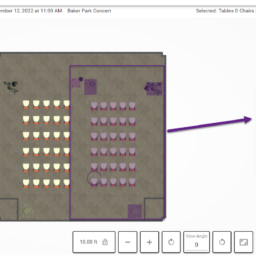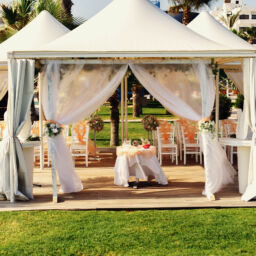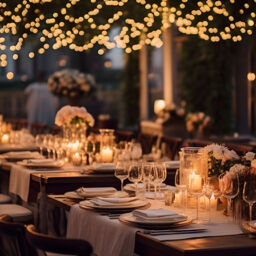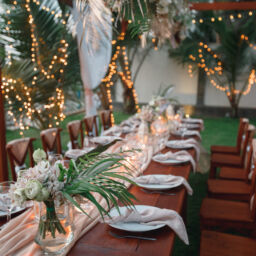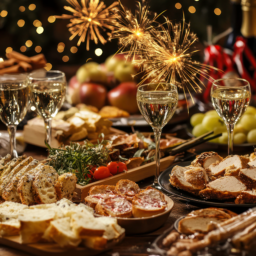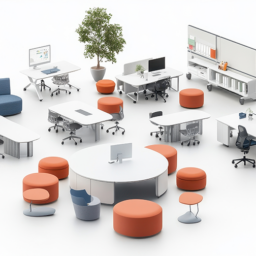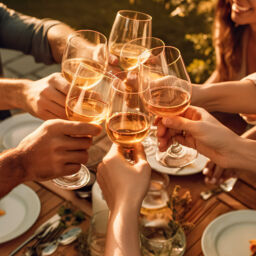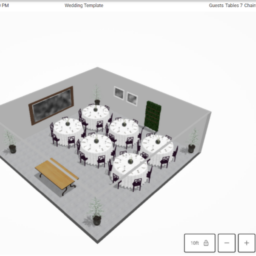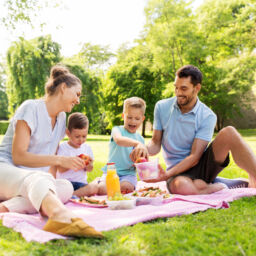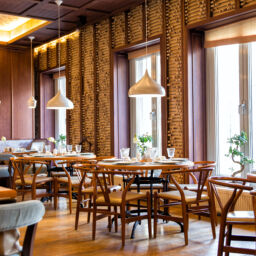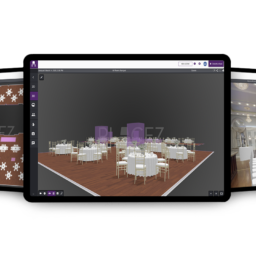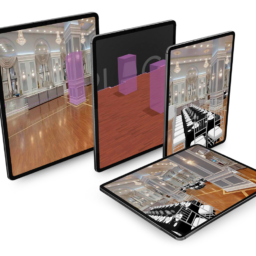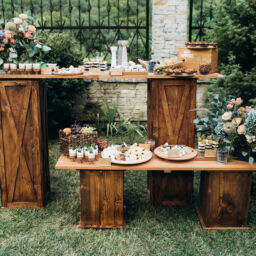From sushi-rolling demos to build-your-own dessert bars, interactive food stations have become a go-to feature for modern events. They offer more than just nourishment — they create moments. Guests linger, engage, and remember these stations long after the event ends.
But here’s the truth: the best food stations don’t just rely on the menu. They rely on layout. Without smart planning, even the most exciting culinary station can lead to long lines, blocked views, or bottlenecks. With the right design tools, however, you can turn every food station into a high-impact moment that flows seamlessly with the rest of the event.
In this post, we explore how thoughtful layout design — powered by Placez — transforms interactive food stations from logistical headaches into signature experiences.
What Are Interactive Food Stations?
Interactive stations are setups where food is prepared, customized, or presented in a way that invites guest participation. Examples include:
● Chef-led carving or pasta stations
● Build-your-own taco, slider, or salad bars
● Mixology booths or craft beverage carts
● DIY dessert decorating or waffle bars
● Global tasting stations with live demos
These setups work because they combine entertainment and personalization — two things that elevate any event.
But that energy can quickly turn into frustration if stations aren’t placed and planned properly. A beautiful carving station loses its charm when guests have to cross the dance floor to reach it or squeeze between tables to get in line.
Why Layout Strategy Matters
Interactive stations are immersive by nature — but that also makes them spatially demanding.
Here’s what happens when layout is an afterthought:
● Congestion near entrances or exits
● Long lines that block seating or sightlines
● Overlapping sound between stations or music areas
● Missed experiences when stations are tucked away or too spread out
By contrast, a strong layout ensures:
● Clear traffic flow
● Logical station progression
● Visual balance across the venue
● Equal access for all guests
Great food may draw people in — but great layout keeps the experience smooth and elevates your entire event design.
Key Layout Design Principles for Interactive Stations
Whether you’re designing for a wedding, gala, or corporate showcase, keep these fundamentals in mind:
1. Strategic Spacing
Give guests room to queue, interact, and move away without blocking others. Each station should function as its own micro-zone within the event.
2. Flow Mapping
Guide guests through the space naturally. Avoid layouts that force backtracking or jam key paths.
3. Visibility
Stations should be easy to find, even from across the room. Consider line of sight, lighting, and visual cues like signage or decor.
4. Functional Separation
Keep stations with different needs apart. For example, don’t place a cocktail bar next to a hot carving station or a dessert table near the entrance. Each station should have breathing room.
How Placez Supports Better Food Station Design
With Placez, event teams can move from concept to execution with total clarity. Here’s how:
Drag-and-Drop Floorplans
Create and test layouts using real-world dimensions for tables, booths, bars, and more. Reposition elements instantly to find the ideal setup.
Guest Flow Visualization
Map movement paths through the event to identify high-traffic zones or potential chokepoints. Optimize station order and spacing accordingly.
3D Mockups and Walkthroughs
Give clients, caterers, and internal teams an interactive preview of the space. Visualizing food stations in 3D helps align expectations and secure approvals faster.
Collaboration Tools
Use multi-user access and real-time commenting to coordinate with chefs, setup crews, AV teams, and other vendors. Everyone stays in the loop.
With Placez, you’re not guessing how it will work — you’re building a layout that’s tested, visualized, and ready to deliver.
Real-World Layout Examples
Need inspiration? Here are a few layout strategies in action:
1. Wedding Reception with Rotational Stations
Stations are placed around the dance floor perimeter, encouraging guests to explore at their own pace without interrupting the program.
2. Corporate Tasting Event with Looped Movement
Food and drink booths are laid out in a circular or looped path, turning the event into a progressive tasting journey.
3. Brunch Event with Split Service Zones
Coffee and mimosa bars are placed near lounge seating, while hot food stations are spread out to minimize lines and balance traffic.
Each design decision serves a larger purpose: maximizing flow, minimizing friction, and creating memorable moments.
Final Thoughts
Interactive food stations are powerful tools for engagement — but only if they’re well integrated into the event layout. A great menu deserves a great setup.
With Placez, planners and venues can bring these experiences to life visually and logistically. From drag-and-drop layouts to 3D walkthroughs and collaborative tools, you’ll have everything you need to design smarter, more engaging events.
If you want your stations to shine and your events to flow, layout is the secret ingredient.
FAQ: Designing Food Stations with Placez
Q: What are interactive food stations?
These are live or self-serve culinary setups where guests can customize or engage with the food — from chef demos to build-your-own bars.
Q: Why does layout matter for food stations?
Smart placement improves traffic flow, prevents bottlenecks, and ensures that each station is easy to access and enjoy.
Q: How does Placez help with food station planning?
Placez lets you design floorplans, test guest movement, and preview the layout in 3D before setup — all with drag-and-drop simplicity.
Q: Can I collaborate with caterers using Placez?
Yes. You can invite team members to comment, edit, and align on station logistics and placement — keeping the entire production in sync.


